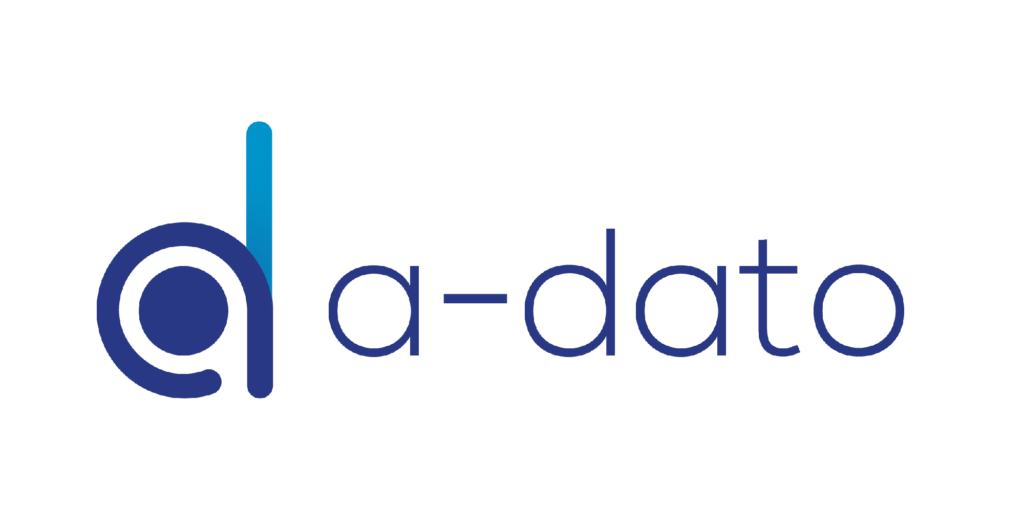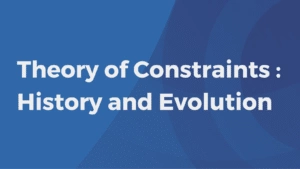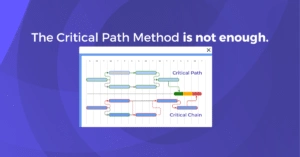Why Kanban Boards are Essential for Effective Teams
In this article, we take a look at how Kanban Boards can serve as a significant tool for agile and effective teams. Throughout this article, we take a look at:
- Introduction to Kanban Boards
- Key Principles of Kanban
- Benefits of Using Kanban Boards
- LYNX TameFlow and Integration with Kanban
Introduction to Kanban Boards
In the words of the Project Management Insititute (PMI), a kanban board is a “visualization tool that shows work in progress to help identify bottlenecks and overcommitments, thereby allowing the team to optimize the workflow.” The utilization of this workflow management system spans across various industries, becoming prevalent with its integration into the Toyota Production System, recognized as the originator of lean thinking.
Key Principles of Kanban
Visualizing Workflow
At the core of Kanban is the principle of visualizing workflow. This involves creating a visual representation of tasks moving through different stages, providing teams with a clear understanding of the project’s progress.
Limiting Work in Progress (WIP)
Another key principle is limiting the work in progress. By setting constraints on the number of tasks a team can handle simultaneously, the focus remains on completing existing tasks before taking on new ones.
Managing Flow
The methodology emphasizes managing the flow of work efficiently. This involves identifying bottlenecks and optimizing processes to ensure a smooth and continuous workflow.
Continous Improvement
Continual Improvement involves emphasizing transparency and ensuring that processes are consistently refined over time. This principle encourages teams to make their workflow transparent while fostering a culture of ongoing enhancement.
Benefits of Using Kanban Boards
Increased Productivity
One of the primary benefits is the significant boost in productivity. The visual nature of the boards allows team members to quickly grasp the status of tasks, making it easier to prioritize and complete work efficiently.
Enhanced Communication
Team members can easily see who is working on what, facilitating collaboration and reducing the chances of duplicated efforts. This transparent communication is crucial for successful project management.
Improved Flexibility
Flexibility is another key advantage. The method allows teams to adapt to changes swiftly, making it particularly effective in dynamic project environments. This flexibility ensures that teams can respond to shifting priorities and unexpected challenges.
LYNX TameFlow and Kanban Integration
In the landscape of comprehensive project management solutions, LYNX TameFlow distinguishes itself by seamlessly integrating Kanban methodologies, presenting users with an all-encompassing approach to project execution. TameFlow not only incorporates Kanban but also harmonizes Agile and Critical Chain Project Management (CCPM) methodologies for a synergistic project management experience.
Agile CCPM in Action
LYNX TameFlow masterfully integrates the dynamic principles of Agile methodologies with the structured approach of Critical Chain Project Management. This integration empowers teams to leverage the strengths of both Agile and Kanban workflows, fostering adaptability and operational efficiency.
Standard Integrations with Popular Environments
Recognizing the imperative need for interoperability, LYNX TameFlow is purposefully engineered to seamlessly integrate with well-established project management environments. Whether it’s JIRA, Microsoft DevOps, or other widely adopted platforms, LYNX ensures that teams can utilize their preferred tools while benefitting from the integrated Kanban features.
This high level of integration not only simplifies the workflow but also enhances collaboration across diverse teams and methodologies. The standardized integrations facilitate the adoption of LYNX TameFlow, making it an adaptable choice for organizations with varied project management needs.
Evolution of LYNX: TameFlow Approach Implementation
The evolution of LYNX, particularly in the context of integrating TameFlow theories, has been pivotal in refining the incorporation of Kanban. Acknowledging the challenges faced by users in amalgamating Agile and CCPM, insights from the TameFlow approach have played a transformative role. LYNX has adeptly implemented key TameFlow Approach elements, such as WIP tokens, waiting columns, and the Drum Buffer Rope, ensuring a robust and polished experience within the software.
If you’re interested in learning more about LYNX TameFlow, then book a free 1-on-1 demo with one of our in-house experts here.
References
- https://projectmanagementacademy.net/resources/blog/4-important-kanban-principles-to-remember-when-leading-an-agile-team/
- https://dl.acm.org/doi/pdf/10.1145/2889160.2889201















